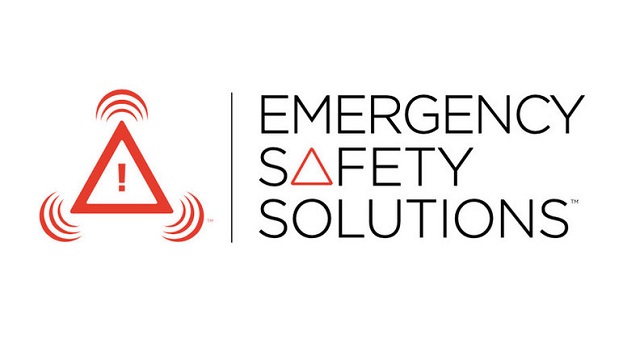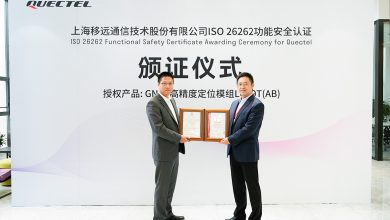Emergency Safety Solutions and Roadside Telematics Corp. execute a collaboration agreement

Emergency Safety Solutions, (ESS), creator of the Hazard Enhanced Location Protocol (H.E.L.P.®), which revolutionizes vehicle hazard warning systems, announced it has signed a collaboration agreement with automotive 9-1-1 software provider Roadside Telematics Corp. (RTC) to include ESS’ H.E.L.P. advanced vehicle hazard warning technology within the ROADMEDIC® intelligent crash data software platform to enable global automakers to significantly enhance post-crash emergency response.
This combination of the technology enables automated activation of H.E.L.P. Lighting Alerts when a vehicle’s airbags deploy, making the crashed vehicle much more visible to oncoming drivers. At the same time, ROADMEDIC notifies 9-1-1 dispatchers of the key details of the crash via its next generation 9-1-1 notification platform, increasing the speed, accuracy, and effectiveness of response.
“ESS aligns with our mission to enable first responders through our groundbreaking Next-Generation 9-1-1 Intelligent Crash Data Software Platform. During 9-1-1 emergencies, seconds matter. H.E.L.P. Lighting Alerts will provide for safer and faster emergency responses by enabling 9-1-1 first responders to quickly identify crashed vehicles – especially during low-visibility conditions or scenarios where a vehicle runs off the roadway into an area of low visibility or challenging terrain,” said Lawrence E. Williams CEO of RTC.
“The goal is to get info to 9-1-1 dispatchers and first responders, while also keeping people in the disabled vehicle safe,” said Tom Metzger, CEO of ESS. “In many cases that result in roadside injuries and fatalities, secondary crashes happen when oncoming drivers don’t have enough time to safely react to a crashed vehicle or the people standing near a post-crash scene. Every step we take with these types of collaborations are meant to not only protect occupants but also to assist first responders to safely manage, locate, and respond to the scene as efficiently as possible.”




